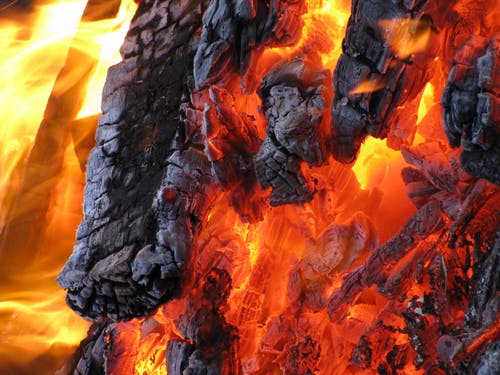Water damage restoration is annoying whether you live in a flood-prone area or have a leaky pipe, roof, or other structural issues. Water damage is a broad phrase that refers to water that enters your home through foundation cracks, flooding, broken pipes, or other sources, causing serious difficulties and amassing high costs for your home.
What can you do to fix water-damaged drywall?
While consulting a restoration professional is always an option, minor water damage can usually be repaired on your own. Here are some techniques for replacing or repairing wet drywall.
Address the Leak
The initial step in resolving any water damage is to isolate the source. While large breaches are visible, little leaks may be tempted to be delayed or minimized. Restore the damaged area and continue your journey. Regardless of the size of the leak, if it is not repaired promptly, you will end up with water-damaged drywall.
You can locate the leaking pipe by drilling a six-inch square hole in the drywall surrounding the water damage. Turn off the main water supply and disconnect the damaged line to repair the leak. Install the new pipe according to the manufacturer’s instructions.
Drywall Repair
When exposed to humidity, drywall is porous and rapidly loses structural integrity. While it is possible to repair cracked or drooping drywall, blistered or sagging drywall cannot be repaired. Replace any drywall that is out of plumb with a new piece.
Ensure that the insulation and studs underneath the new drywall are dry before installing it. Even after the leak has been stopped, it can be harmed if the new drywall is installed against dampness. Allow the inner wall to cure for a few days before installing the new drywall.
Remove Molds
Mold thrives in moist drywall due to its porous nature. Scrubbing the drywall will eliminate mold if it is structurally sound but infested with mold. Without causing damage to the drywall, mold can be eliminated with diluted bleach. The chlorine bleach should remove all mold spores and minor watermarks from the wall within one to two days. Sand and repaint the wall if there are still visible stains.
Hide Watermarks
Remove loose and peeling paint with a paint scraper to conceal water spots in drywall. After that, sand the wall with medium-grit sandpaper and then with finer grit sandpaper until the surface is smooth. After the drywall has been cleaned and repaired, it can be primed and painted.
Minor water damage to drywall is a straightforward task that almost any homeowner can complete with a little knowledge and patience. However, you should be able to spot major water damage that cannot be fixed and when to contact the best services for water clean up Buffalo has to offer. .
Finally,
Water damage to drywall can occur from various sources both inside and outside the home. The sources range from little spills that are quickly cleaned and dried to a severe soaking that results in major saturation and possible damage to the interior of your walls or ceiling. Water damage must be addressed swiftly and completely, regardless of the cause. If left unchecked, wet drywall can cause deadly collapsed ceilings, structural damage to adjacent areas, and toxic mold and mildew growth.


